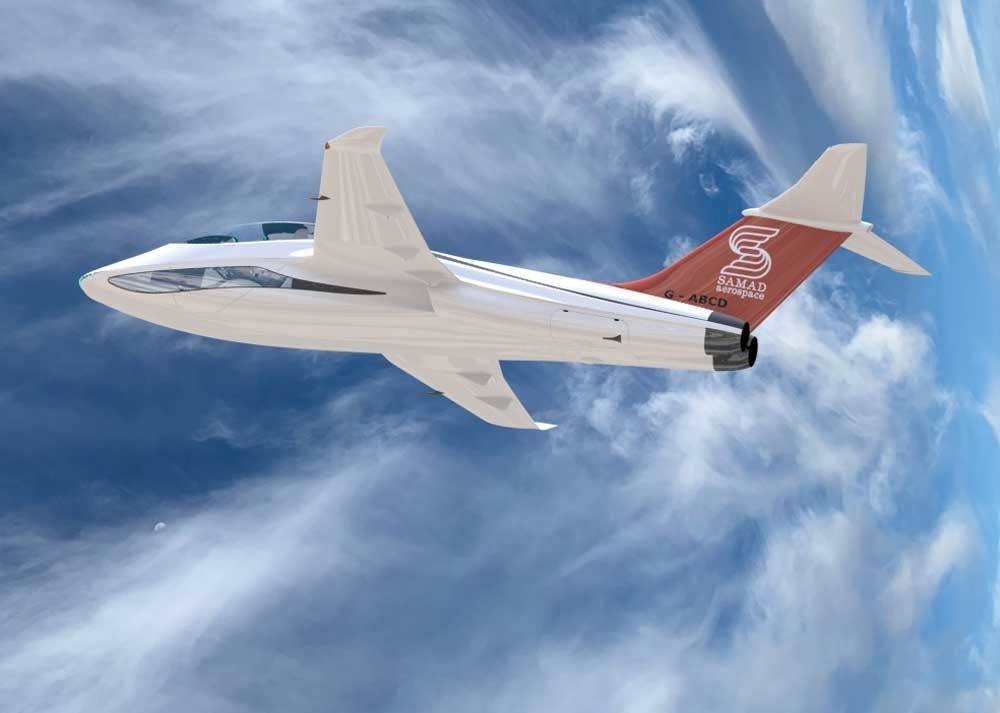Samad Aerospace has shared more about its plans for a two-seat, hybrid-electric personal VTOL aircraft, which it is calling the Q-Starling.
Samad Aerospace Q-Starling
The U.K.-based eVTOL developer announced last year that it would be spinning off a two-seat version of the half-scale prototype of its e-Starling air taxi. Chief technology officer Norman Wijker said that not only does the Q-Starling “[exist] on its own merits, but the experience will put [Samad Aerospace] at the head of the game when it comes to e-Starling development and certification and is consequently a major strategic advantage.”
According to a brochure for the aircraft, the Q-Starling will have a length of just over and a wingspan of just under eight meters (26 feet) and a maximum take-off weight of around 1,040 kilograms (2,300 pounds). It will cruise at 250 knots (460 kilometers per hour) and have a range of 500 miles (800 km). Its anticipated service ceiling is 15,000 feet (4,570 m).
Q-Starling will hover using the thrust of a single large-diameter fan, while Reaction Control System (RCS) fans in the wing and tailplane maintain control and balance. The fly-by-wire aircraft features a single side-stick controller, through which the pilot will be able to command all three axes of rotation, plus vertical and forward movement.
Samad propulsion system
On approach, VTOL controls will kick in at just above the stall speed of 65 knots (120 km/h), activating the RCS. The main fan doors will open, the flaps will deploy, the landing gear will lower, and the fan will begin to power up and start off-loading the wing.
Samad Aerospace said the Q-Starling will incorporate “numerous and extensive safety systems” to prevent the aircraft from departing the flight envelope, allowing it to be flown by private pilots with only around 10 hours of additional training. The aircraft will also have a ballistic parachute system as an extra safety measure.
The hybrid-electric propulsion system will incorporate two modified PBS TS100 turboshafts rated at 180 kilowatts (241 horsepower). They will be capable of running on bio-diesel/sustainable aviation fuel and be backed up by batteries during the take-off and landing phases.
Samad Q-Starling above clouds
Targeted squarely at the high end of the personal aviation market, the Q-Starling won’t necessarily demand the kind of volume manufacturing that will be required to make eVTOL air taxis commercially viable, Wijker suggested. As the designer of the Q-Starling, he said, “knowing that costs were not a major consideration was extremely liberating, as it allowed me the use of the best materials, and the best technologies to produce something that any wealthy owner would be proud to own.”
Samad Aerospace CEO Dr. Seyed Mohseni described the Q-Starling as “the ultimate luxury in personal hybrid-electric flying,” giving passengers “unparalleled point-to-point mobility options” while also being “efficient and sustainable.”


